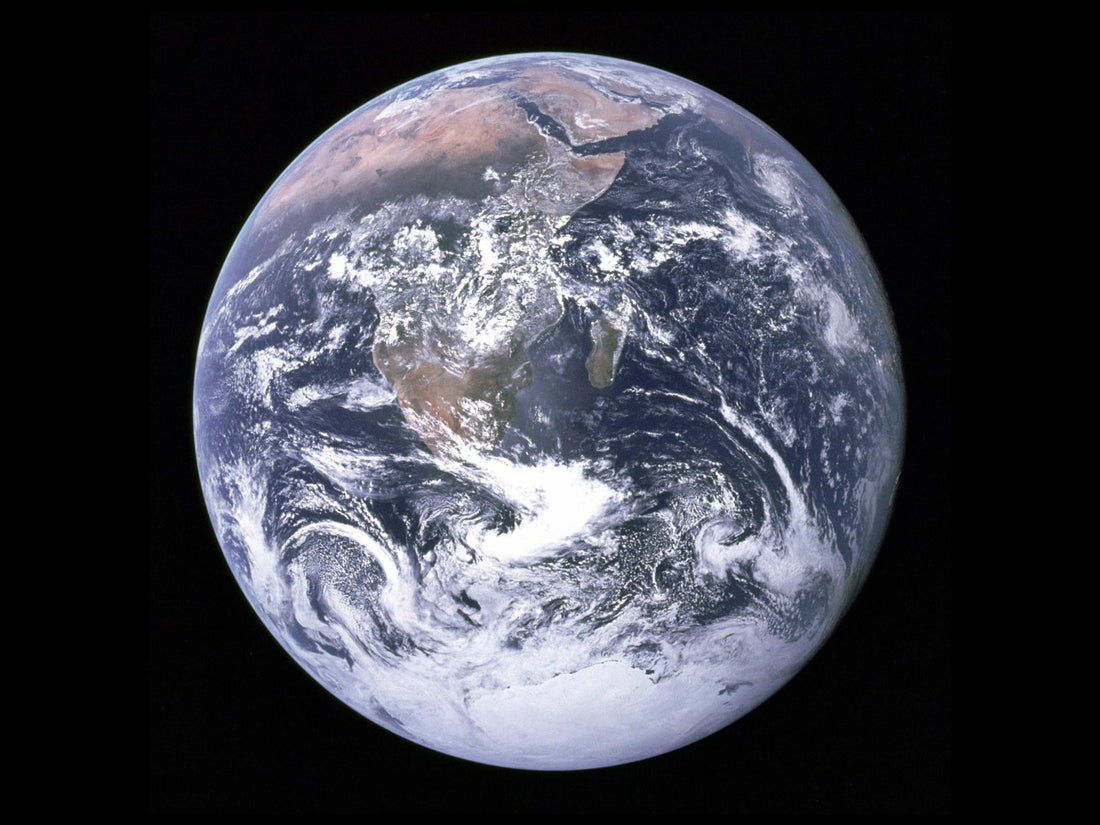
The Death of Mission-Driven Brands
This is a call for the death of mission-driven brands.
The end of brands that sell products like clothing, jewelry, and accessories, with a “mission” to end massive causes like poverty or sustainability by donating a small portion of their profits to charities that support their flavor of global issues.
Don’t get me wrong — lots of good in the world has been done by charities that are supported by donations provided by these businesses, but the truth of the matter is that for brands, causes are little more than a marketing gimmick.
And if we want to see real change, it needs to stop.
The death of mission brands
The problem is that mission-driven brands aren’t actually trying to accomplish anything meaningful in the world. Their existence rests solely on their operation as a business, and the cause they support is simply the means to their end goal of profitability.
Cause marketing has allowed brands to put on a facade and make it seem like they are trying to make a difference. Whether they’ve received a B Corp certification or simply plastered all of their marketing with slogans about how your purchase will help plant trees, remove ocean waste, or otherwise, the business of doing good has simply become doing business while looking good.
It doesn’t matter if you've built your marketing in-house or hired a fractional marketer to manage that for you, think of it this way: if you can install an app on your website that automates the mission part of your business, then your profits control your business — not your mission.
The rise of vision brands
By definition, mission is the “what” and “how” of a business. What they do, and how they do it. Starting with “mission” then, isn’t going to get you far when you’re looking at major issues like environmental sustainability and human rights.
Instead, brands should be vision led.
A vision statement describes the future you want to see.
“Your mission statement is what your company is doing right now, while your vision statement is what you hope to achieve in the future – where you are in this moment versus where you’re going.” - Atlassian
How are those two things actually different?
🚫 Mission — Warby Parker: to inspire and impact the world with vision, purpose, and style.
🌱 Vision — Pela: designing waste out of the human experience
🚫 Mission —This Saves Lives Bars: We’re on a mission to end child hunger. (every purchase sends life-saving food to a child in need)
🙌 Vision— Healthy Roots Dolls: empower young girls and represent the beauty of our diversity.
See how they are not the same?
One has you thinking, I was going to buy this kind of thing anyways, but I guess i’ll buy it from this brand because you’ve kind of guilted me into not buying it from someone else.
The other makes you say, “that. is. so. cool. How can I be a part of that?”
The one-for-one model that was started by Blake Mycoskie when he launched TOMS shoes was great at the time, but did you know that is not how TOMS operates anymore? They realized that being a brand for good is much more nuanced than simply throwing money at charities or products in a shipping container to a “third-world” country and patting themselves on the back. That way of thinking was all mission, no vision.
Death to mission.
Life from vision.
